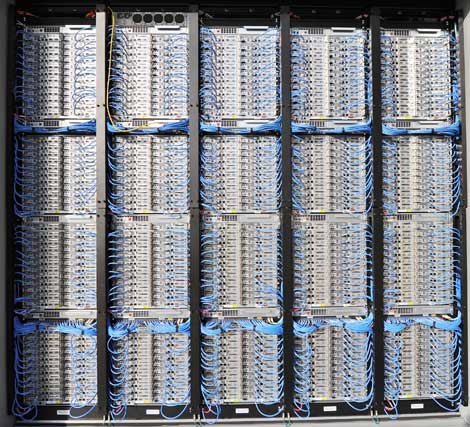Ten Cooling Solutions to Support High-Density Servers
As the need for high-density servers continues to grow, administrators are going to be tasked with creating a more cooling-ready data center design. . The guidelines in this white paper will help you maintain efficient business processes and support a scaleable cooling architecture that can be implemented to address high density cooling applications.

Today’s data-on-demand business environment has created a greater reliance on IT. As a result, organizations are moving their infrastructures to larger data centers capable of handling these resources needs. This has created a high density, server architecture, capable of handling more users than ever before. Now, with this new server compaction platform, there are greater demands on cooling efficiencies. Data center administrators are being tasked with finding creative ways to cool their environments since there is a direct cost associated with power and cooling efficiencies.
Ten Cooling Solutions to Support High-density Server Deployment is a white paper from Schneider Electric which outlines the important steps to creating an efficient, high-density, server environment. In describing the factors that increase the operating efficiency and power density capabilities of a data center, this white paper outlines some of the following steps:
Performing an effective environment health check
The installation of blanking panels and cable management
High-density rack separation methods
Hot and Cold aisle containment deployment
Managing floor vents
Installing a row-based cooling architecture
As the need for high-density servers continues to grow, administrators are going to be tasked with creating a more cooling-ready data center design. Download Ten Cooling Solutions to Support High-density Server Deployment to see how the outlined solutions will help keep the data center operating at peak efficiency. The guidelines in this white paper will help you maintain efficient business processes and support a scalable cooling architecture that can be implemented to address high density cooling applications.
About the Author
You May Also Like









